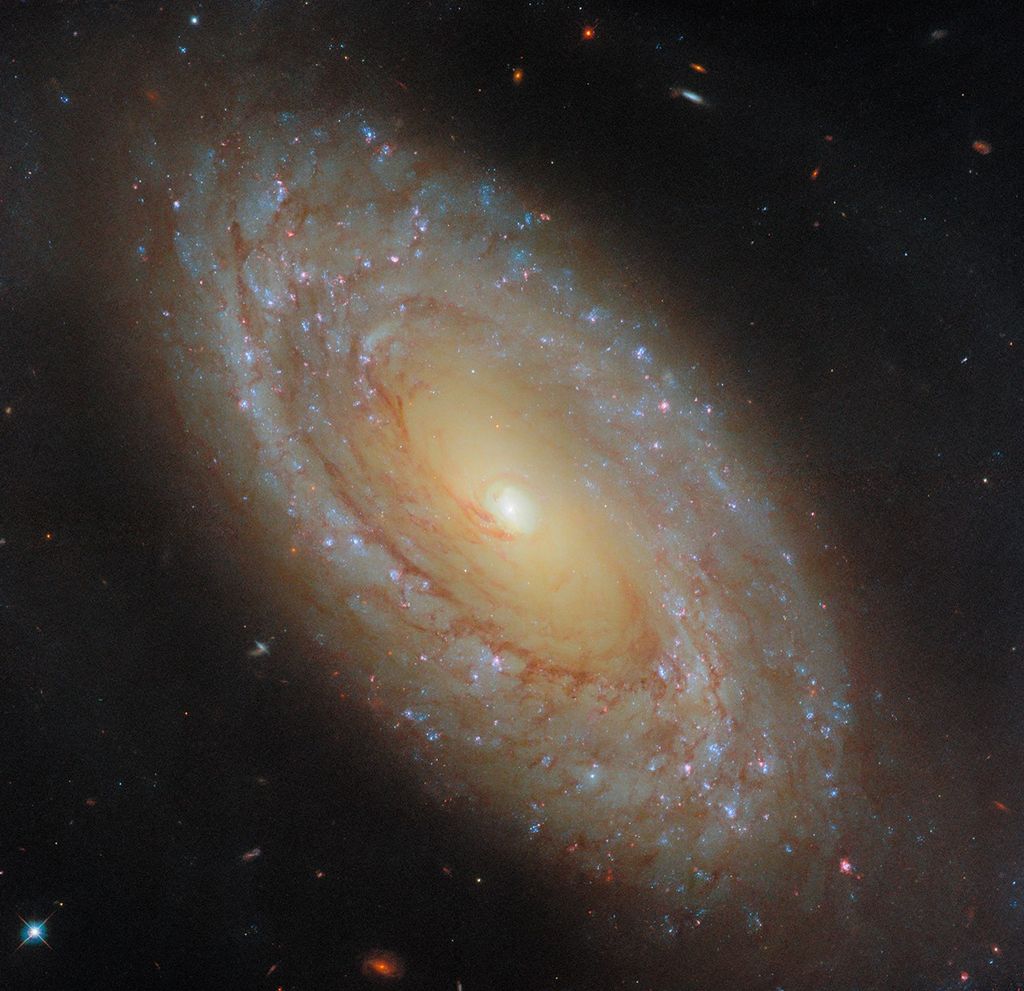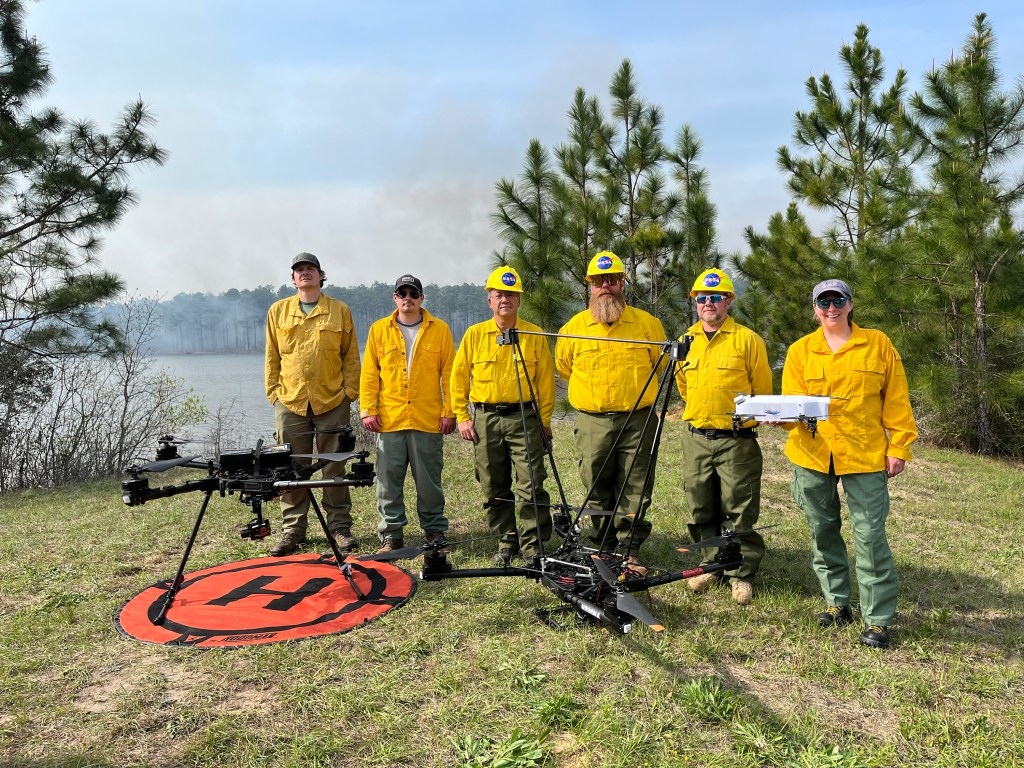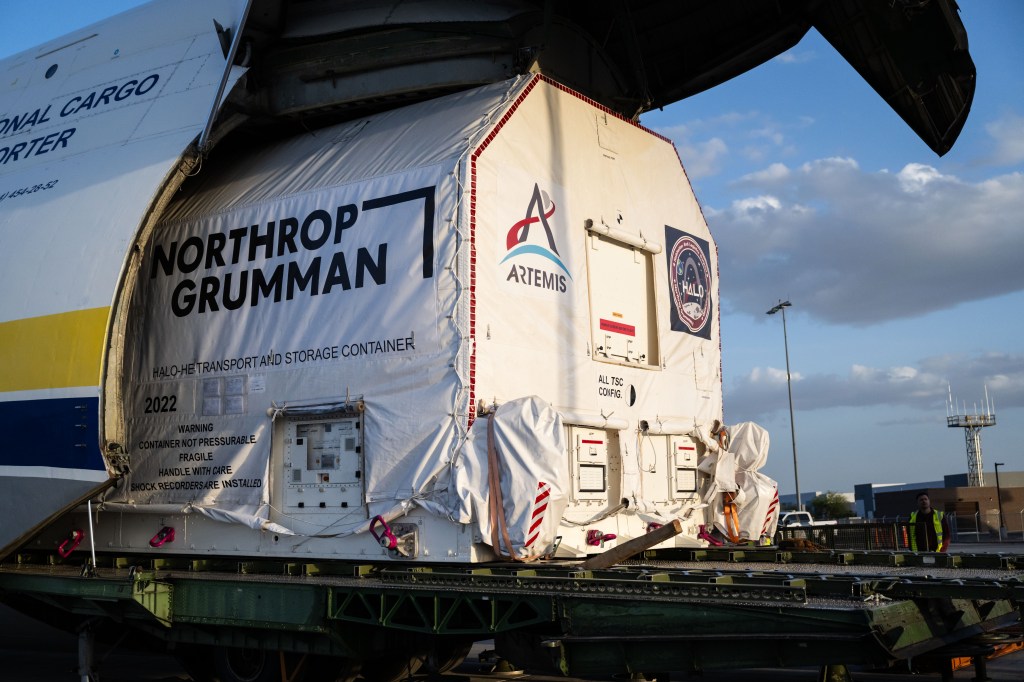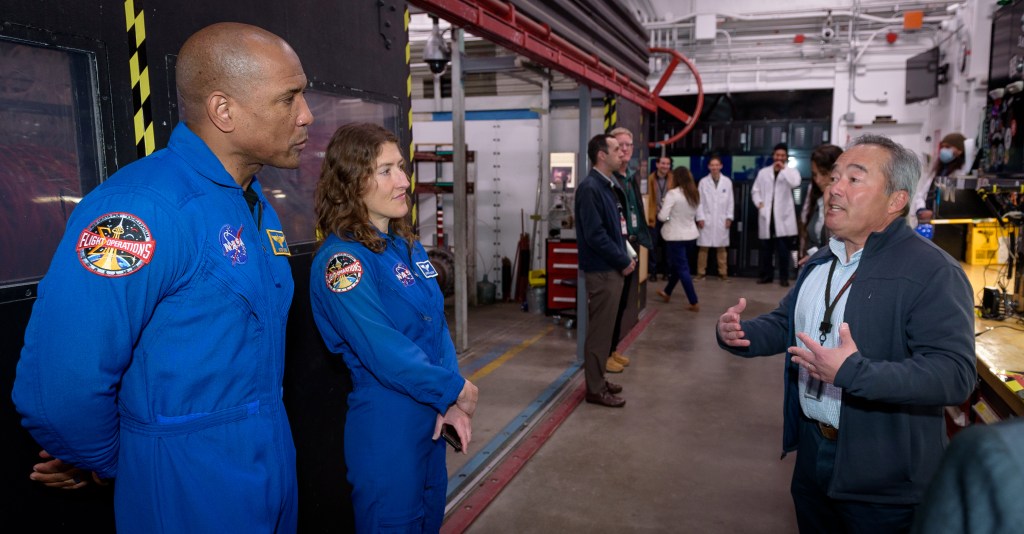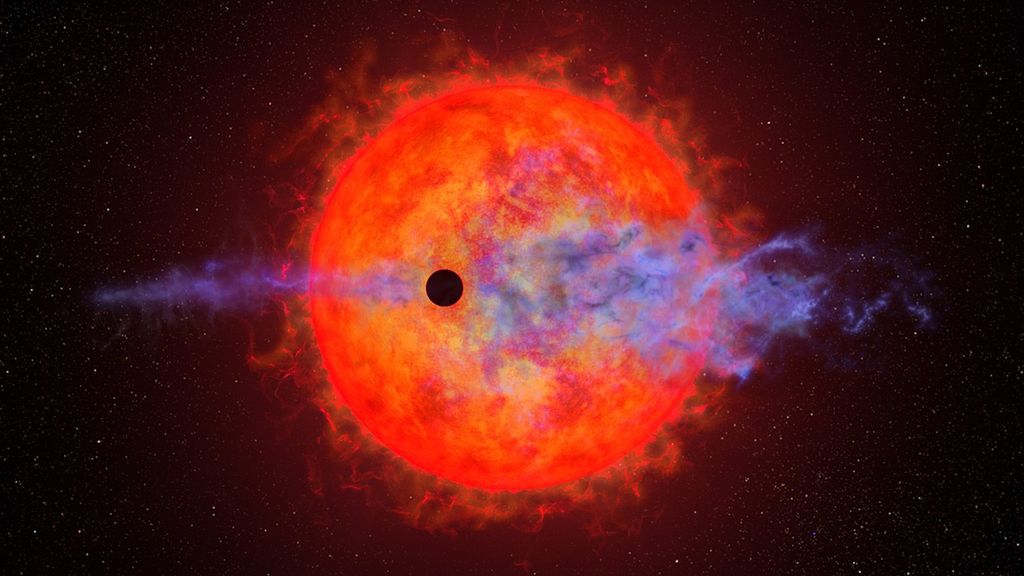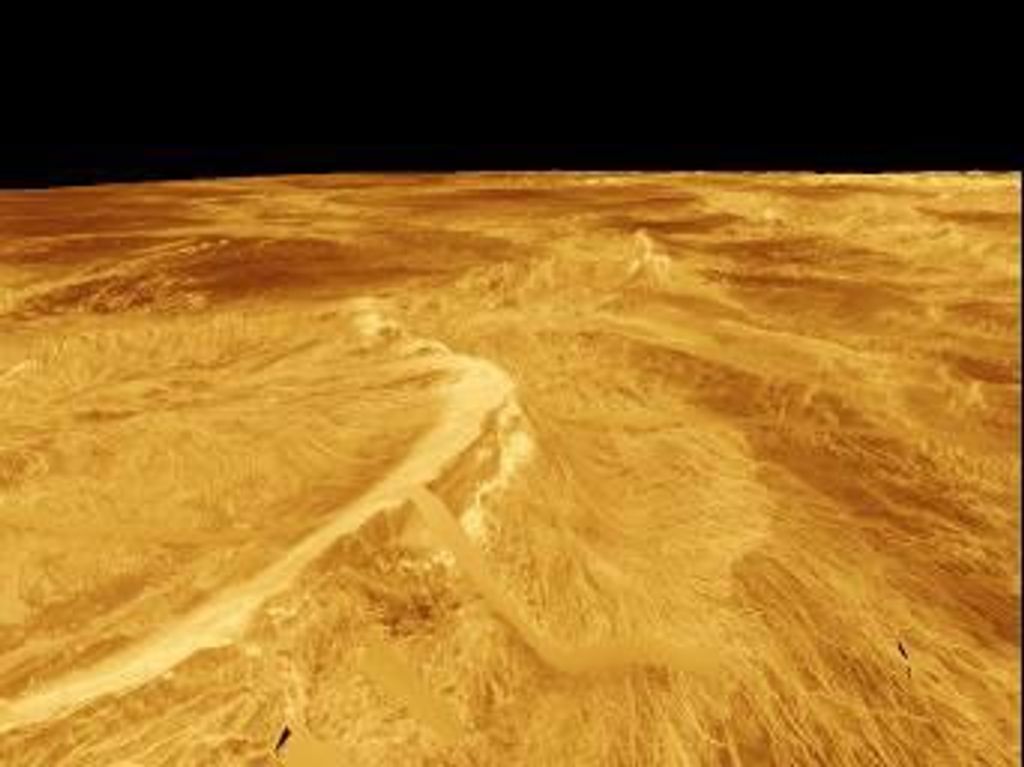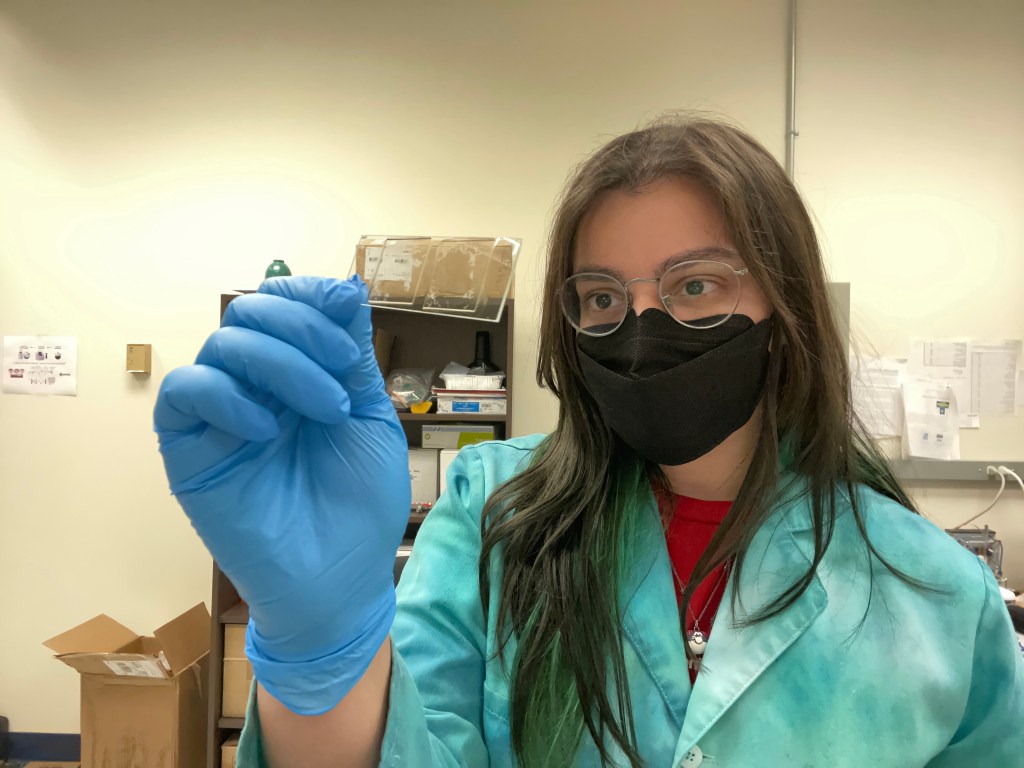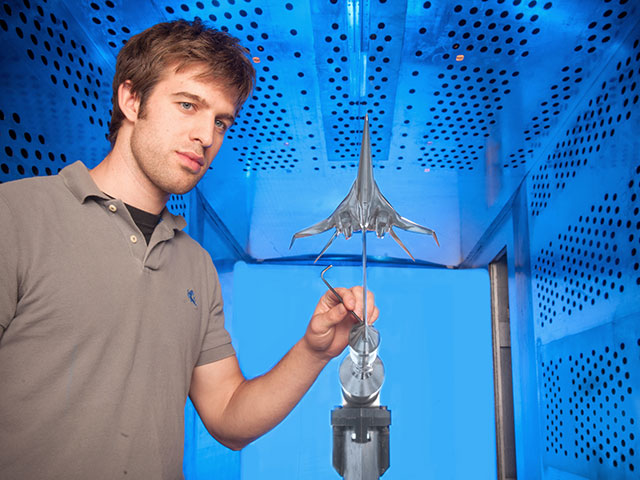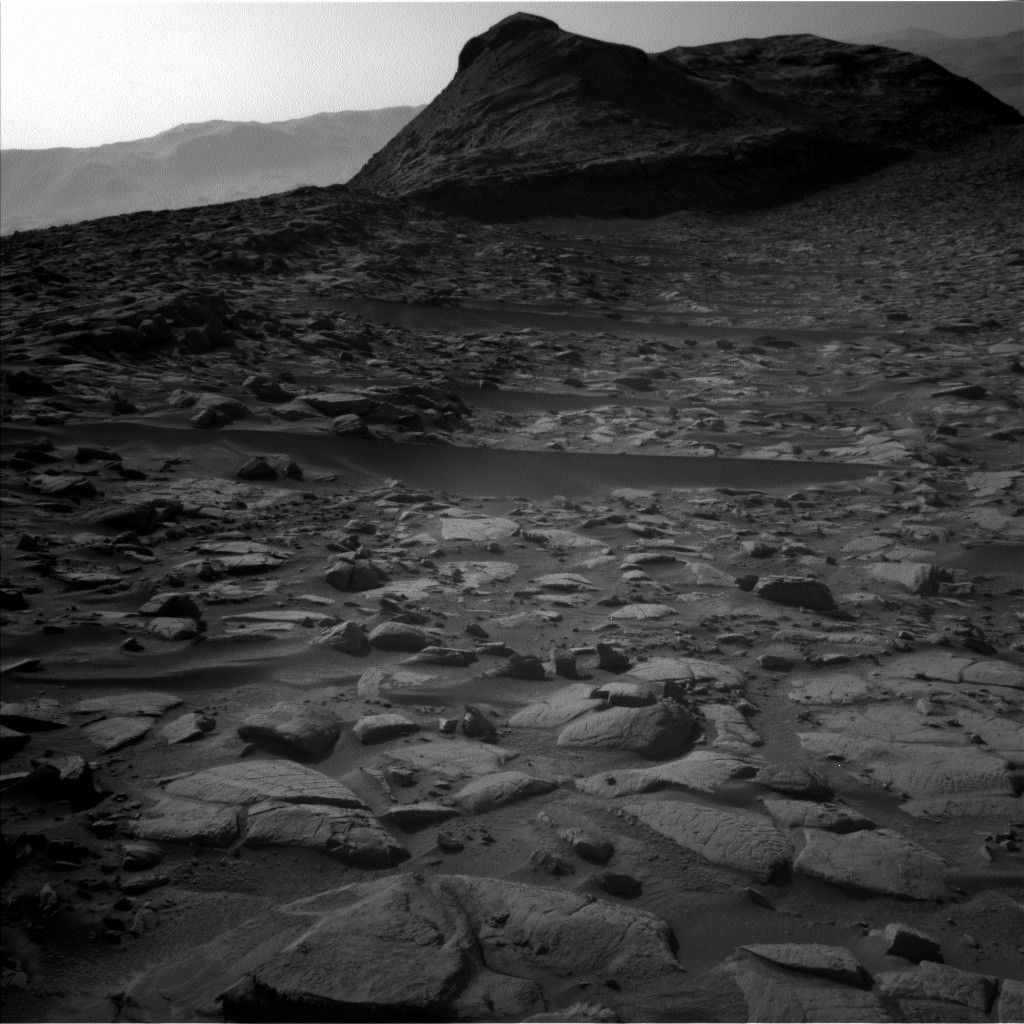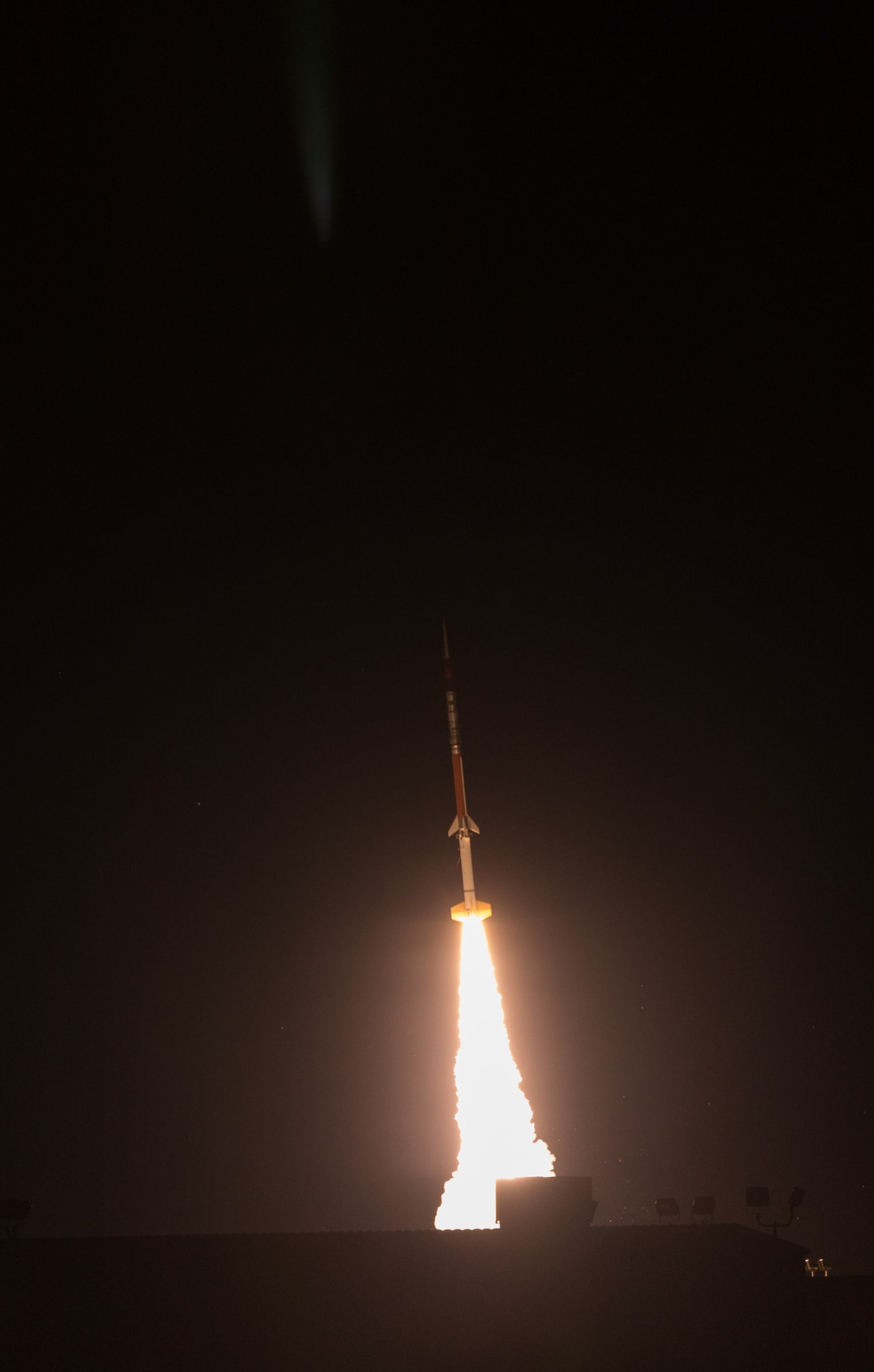Several technologies to improve the capability of conducting suborbital science missions received a test flight with the successful launch of a NASA sounding rocket October 24, 2019, from the agency’s Wallops Flight Facility in Virginia.
The Terrier-Improved Malemute launched at 8 p.m. EDT into clear night skies and flew to an altitude 130 miles. After descending by parachute, the Suborbital Technology experiment Carrier-8 or SubTec-8 payload splashed down in the Atlantic Ocean and was recovered. This was the first night-time recovery of sounding rocket payload launched from Wallops.
Technologies tested on the mission included distributed payload communications that will allow multipoint measurements for scientists to study multiple regions in space simultaneously; a low cost star tracker for assisting in pointing the rocket when taking astronomical observations; and a high data rate encoder that will provide the ability to transmit data from the rocket to the ground four times faster than currently available; and an autonomous flight termination unit to develop capabilities, procedures, and tools needed to certify and process an autonomous process as the primary safety system for future launches from Wallops.
Cathy Hesh, technology manager for the sounding rocket program office at Wallops, said “The mission went well, with most experiments reporting a successful test. The distributed payload communications springs experiment worked well, the flight termination unit had an excellent test and the Wallops low cost star tracker reported an excellent test. The distributed payload communications rockets will need further investigation, but we did receive data for a short period of time, though much shorter than anticipated.”
Distributed payload communications is being developed to increase the capabilities of suborbital science investigations in near-Earth space.
Kristina Lynch, from Dartmouth College and a scientist who conducts research using sounding rockets said, “I am very interested in multipoint, distributed, in situ measurements in order to learn more about the system science of the auroral ionosphere. Bringing the distributed payload communications capability into the low cost access to space portfolio is a very good step for the rocket program, as there are a great many distributed-system studies that this will enable.”
NASA’s Sounding Rockets Program is managed at the agency’s Wallops Flight Facility, which is managed by NASA’s Goddard Space Flight Center in Greenbelt, Maryland. NASA’s Heliophysics Division funds the Sounding Rockets Program for the agency.
By Keith Koehler
NASA’s Wallops Flight Facility, Virginia

